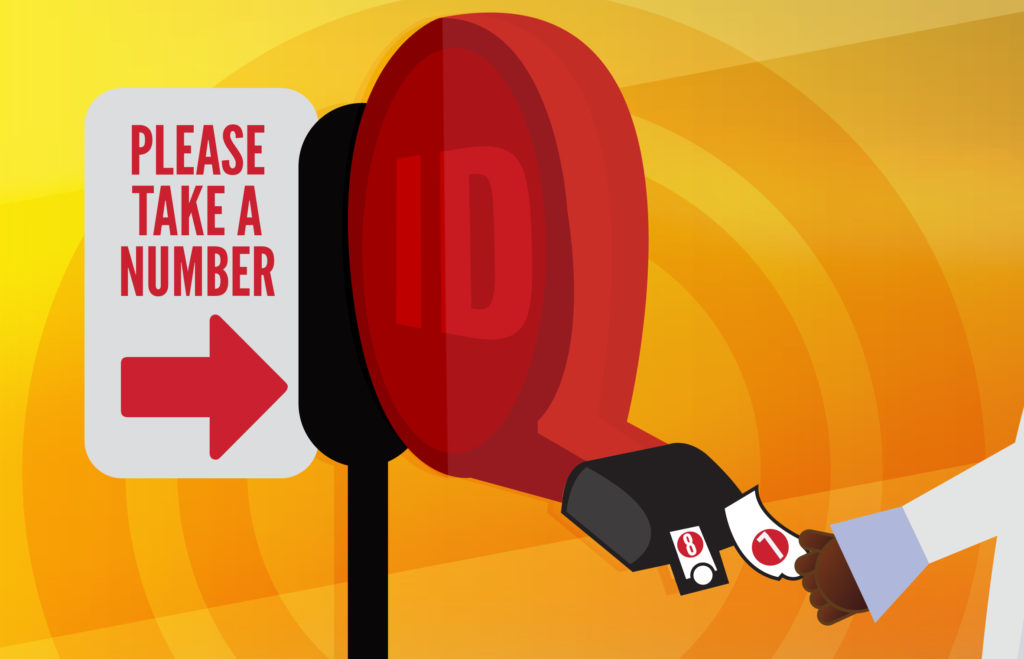Alternative metrics, or “altmetrics,” refers to the use of non-traditional methods for judging a researcher’s reach and impact.
Being published in a peer-reviewed journal is surely a great feat. It’s the typical way professors get their research out there. But the tools established to measure this output might end up giving the skewed impression about an author’s impact in spheres both academic and social.
Traditional metrics
Web of Science and Scopus are the main platforms that researchers rely on for collecting article citations. Web of Science’s indexing goes back to 1900, and Scopus boasts the largest database abstract and citations. The caveat with these repositories is that each resource only gives you a rating based on the range and breadth of journals it indexes. Different journals are recorded in different tools, so you may not be getting a comprehensive metric from either.
Let’s talk about h index
The h index is probably never going away, although it is always being improved upon.
An h index is a complex equation that tells the story of how often a researcher is cited. For instance, if a scholar published six papers, and all six papers were each cited by at least six other authors, they would have an h index of 6.
This equation doesn’t work out too well for an academic who, say, had one paper that was continuously cited – they would still have an h index of 1. Brené Brown, Ph.D., even with her veritable empire of vulnerability and shame related self-help has h index of 7 according to Semantic Scholar.
On to altmetrics
When a psychology professor goes on a morning show to discuss self-esteem of young Black women, for instance, she is not helping her h index. Her societal impact is huge, however.
“When I use altmetrics to deliver a professor his or her impact report, I seek out nontraditional sources like social media. For instance, I check how many shares, comments or likes they received for their research. Or maybe their work was reported in the news,” said Andrea Malone, Research Visibility and Impact Coordinator at the University of Houston Libraries.
Altmetrics aim to answer the question of how academia accounts for the numerous other ways scholarly work impacts our society. What about performances done in the humanities, exhibitions, gallery shows or novels published by creative writers?
Alternative metrics are especially important for research done in the humanities and arts but can offer social science and hard science practitioners a better sense of their scope as well. With the constant connections we foster in our lives, the bubble of social media and such, there is a niche for everyone.
The equalizer
For some, Twitter or Facebook is where they like to publish or advertise their data or results.
“When altmetrics are employed, the general public finds out about research, and is able to comment, share and like. They can talk about it on Twitter. The impact of the work is outside of academia,” said Malone. She even checks a database to see if any of the professor’s works have been included in syllabi around the country.
Academia.edu is another social network offering a platform for publishing and searching scholarly content. It has a fee for premium access, whereas Google Scholar is free. Its profile numbers are usually high because it can pick up any public data – even a slide of a PowerPoint.
The Big Idea
At the University of Houston, altmetrics are categorized thusly: articles, books and book chapters, data, posters, slides and videos. While one would think there’s no downside to recording all of the many places academic work ends up, there are a few things to remember about altmetrics:
- They lack a standard definition. But this is being worked on currently by the NISO Alternative Assessment Metrics Initiative.
- Altmetrics data are not normalized. Tell a story with your metrics, but don’t compare between two unlike sources. Youtube and Twitter will deliver different insights about your research, but they can’t be compared as though they measure the same exact thing.
- They are time-dependent. Don’t be discouraged if an older paper doesn’t have much to show as far as altmetrics. The newer the research, the more likely it will have a social media footprint, for example.
- They have known tracking issues. Altmetrics work best with items that have a Digital Object Identifier (DOI).
So have an untraditional go of it and enlist help from a librarian or researcher to determine where your research is making the biggest societal impact.



